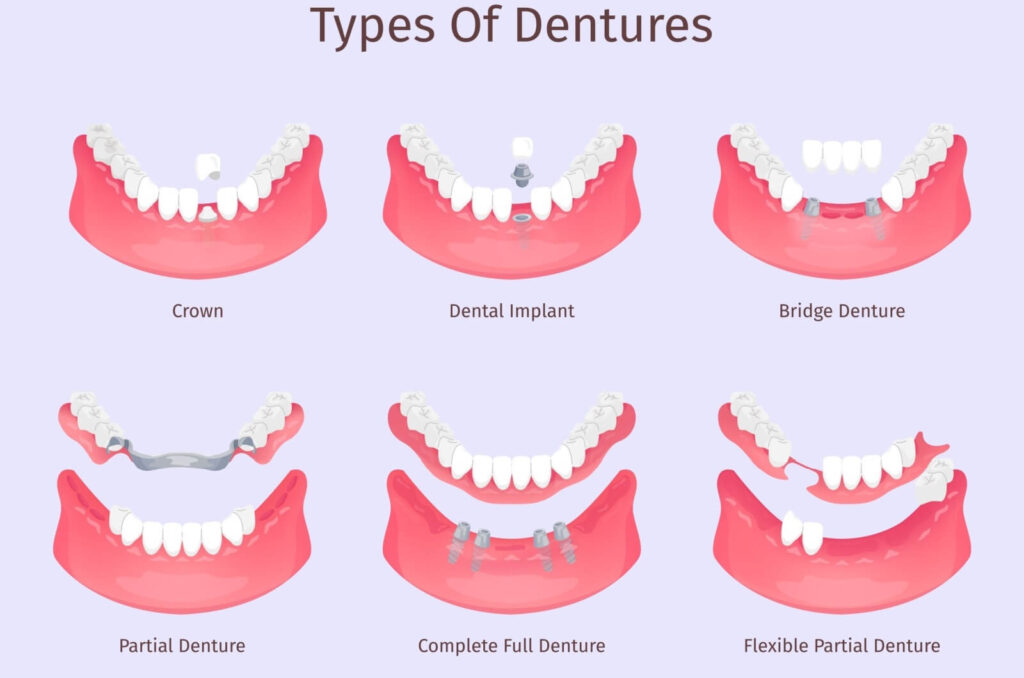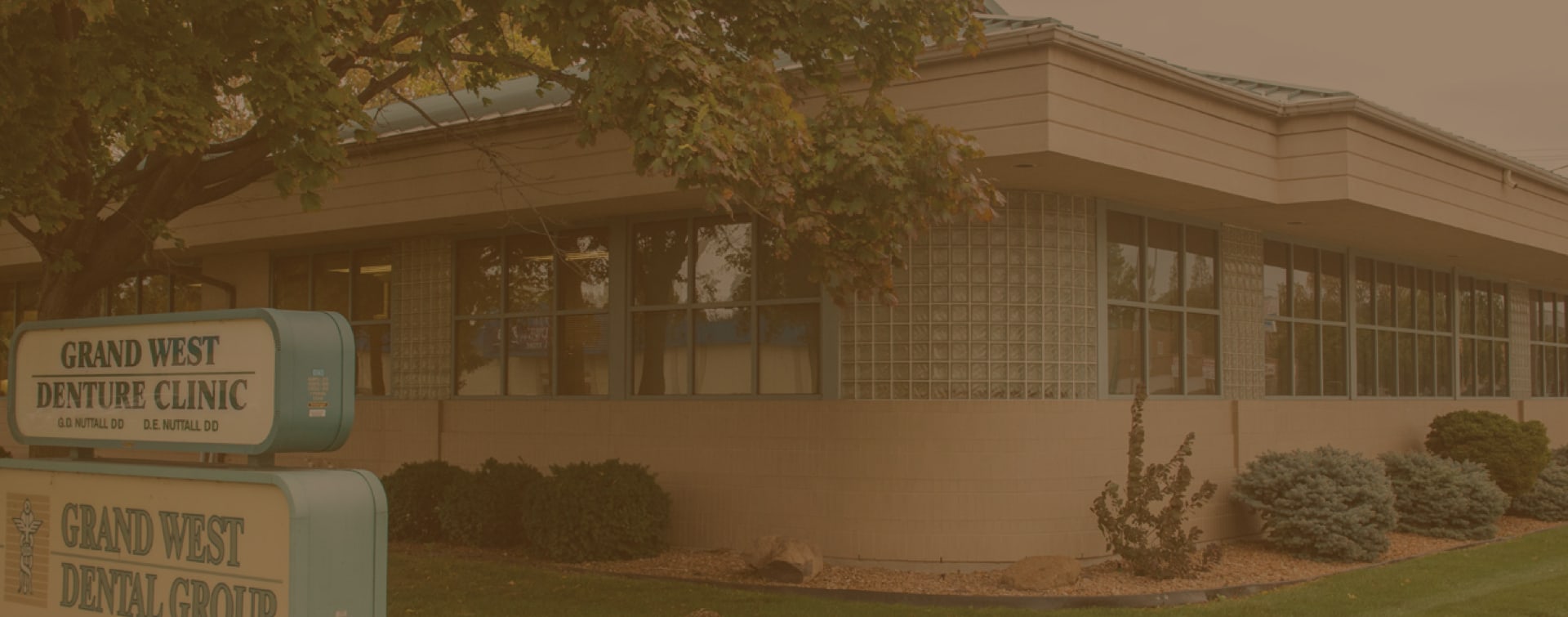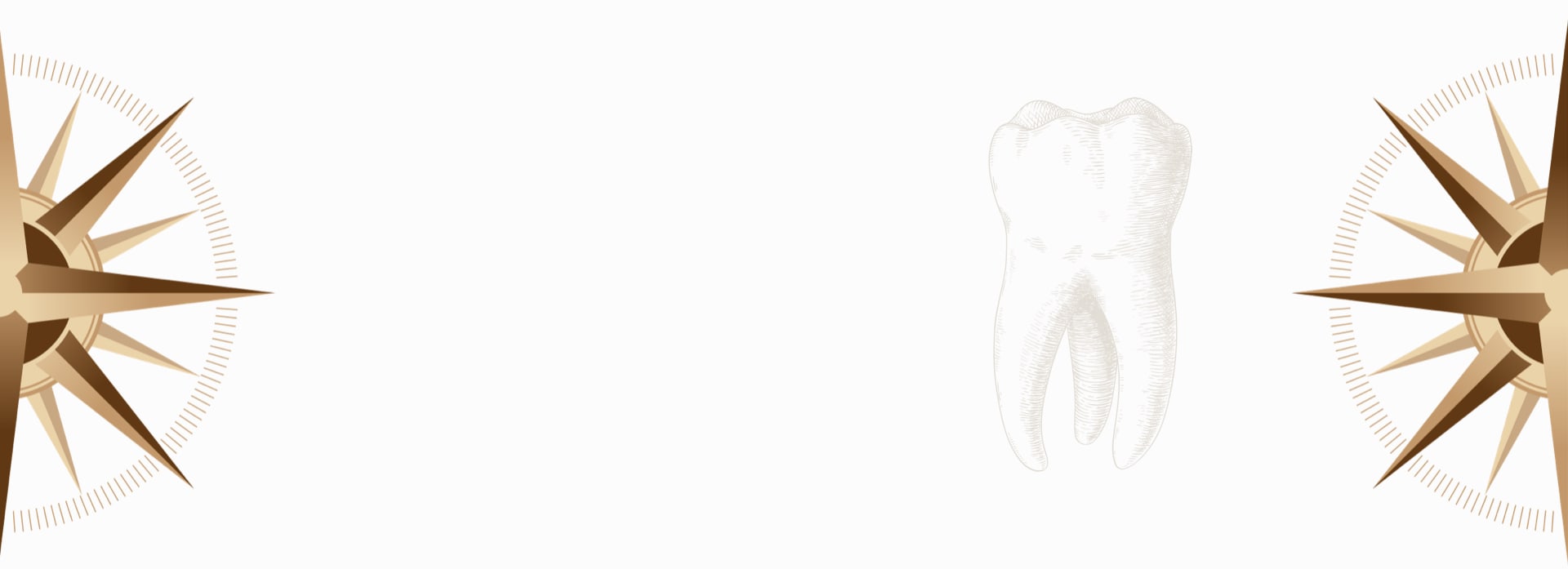If you’ve ever had a cavity filled or your dentist fixed a broken tooth, you’re familiar with restorative dentistry.
Restorative dentistry is focused on maintaining oral health and preserving the use and function of teeth. It involves repairing damaged or missing teeth and treating dental issues such as decay, infection, and trauma.
Restorative Dentistry
Restorative dentistry is a branch of dentistry that focuses on maintaining the overall health and function of the mouth, as well as improving its appearance.
Restorative procedures range from simple fillings to more complex treatments like root canals and dental implants. These treatments improve the appearance of your smile, restore function, and prevent further damage to your oral health.
The goal of restorative dentistry is not just to fix problems with your teeth but also to help you maintain a healthy mouth for a lifetime. By addressing issues early, you can avoid more serious problems in the future that may require costly and time-consuming treatments.
Regular checkups with your dentist are crucial for identifying potential issues and ensuring proper restorative measures are taken when necessary.
Some common restorative dental procedures include:
- Fillings
- Crowns
- Inlays and onlays
- Root canals
- Bridges
- Dental implants
- Dentures
Fillings
Fillings are a common dental procedure used to repair cavities, which are small holes in the teeth caused by tooth decay. The goal of a filling is to remove the decayed portion of the tooth and replace it with a material that restores the tooth’s function and appearance.
Different filling materials are available, but your dentist will recommend the best type for your specific needs and preferences.
Crowns
Dental crowns are protective caps used to cover a damaged tooth. Crowns are often used in cases where cavities are too big to be filled or when a tooth has structural damage, such as when it’s:
- Worn down
- Cracked or weakened
- Vulnerable, like after a root canal
Crowns are custom-made, so your dentist will make an impression of your damaged tooth. The impression is then sent to a lab, where your crown will be made. In the meantime, you will be fitted with a temporary crown.
Crowns can also be used for cosmetic procedures, such as to improve the appearance of a discoloured or misshapen tooth.
Inlays & Onlays
In certain cases, a cavity might be too large to be resolved with a simple filling but too small to warrant a crown. In such cases, dental inlays and onlays cover a tooth’s damaged portion and strengthen it enough to restore normal function.
Inlays cover the central part of a tooth, while onlays cover the sides or cusps (the ridges at the ends of your teeth). Both procedures involve removing the decayed portion of the tooth and replacing it with a custom-made restoration that strengthens and protects the tooth.
Inlays and onlays are often considered a more conservative option than crowns because they require less tooth preparation.
Root Canals
A root canal is a procedure performed when the pulp, the soft tissue inside a tooth, becomes infected. This infection can occur due to deep decay or injury to the tooth.
During a root canal, the dentist removes the infected pulp, cleans and sterilizes the root canals, and then fills them with a special dental material. This process helps prevent further infection and save the tooth.
In most cases, a dental crown is placed over the treated tooth to provide additional strength and protect it from future damage.
Bridges
Bridges are used to replace missing teeth. They consist of artificial teeth anchored to adjacent healthy teeth using dental crowns.
There are several types of bridges, including:
- Traditional bridges: These have crowns on both sides of the missing teeth.
- Cantilever bridges: These have a crown on only one side of the missing teeth.
- Implant-supported bridges: These are attached to dental implants instead of adjacent teeth.
The bridge process may involve multiple visits to your dentist. Your dentist will first prepare the adjacent teeth for the crowns, and then the bridge will be fabricated and cemented in place.
Dental implants are a type of tooth replacement that involves surgically placing a titanium post into the jawbone. This post acts as a root for a replacement tooth, which can be a crown, bridge, or denture.
Implants offer a stable and durable solution for missing teeth, and they can often last for many years. However, the procedure can be more complex and expensive than other tooth replacement options.
The implant process typically involves multiple appointments. Your dentist will first assess the jawbone to ensure it is suitable for implants. Then, the implants will be surgically placed and allowed to heal. Once the implants have integrated with the bone, the replacement teeth can be attached.

Dentures
Dentures are removable replacement teeth that rest on top of your gums. They are used to replace missing teeth when other options like implants or bridges are not suitable.
There are 2 main types of dentures:
- Complete dentures: These are used when all of the natural teeth are missing.
- Partial dentures: These are used when only a portion of the natural teeth are missing.
Dentures are custom-made based on impressions of your mouth. They can be made from various materials, including acrylic resin or porcelain.
Restore Your Smile with Grand West Dental
At Grand West Dental, we’re committed to helping you achieve and maintain a healthy, beautiful smile. Our team of experienced dentists offers a wide range of restorative dental services to address various oral health concerns. Whether you need fillings, crowns, dentures, or dental implants, we have the expertise and technology to help you restore your oral function and confidence.
Don’t let dental problems affect your quality of life. Schedule a consultation with Grand West Dental today and experience the difference our personalized care can make.









